
Vienna is a wedding cake town: white fondant icing stones dress each building, piped with embellishments and swirls in silvery greys. In such a beautifully elegant and regal land, it should come as no surprise when you stumble upon fifty snowy horses prancing across marble pavements and dancing into the winter palace – their home for the past 450 years. For while Vienna now has its hipsters (or ‘bobos’), it still retains its traditions: the duennas and ladies of Viennese high society still flock to the opera in their best dresses; boys must learn to waltz so that when they are men they can steal away a débutante at a ball and whirl her across the floor in a swish of cream silk.
In my mind though there is no dance more beautiful than that of the Lipizzaner horses with their piaffes and passages, levades, courbettes and caprioles. While in Vienna recently I was incredibly privileged to be given a unique look behind the scenes – it felt like a dream to be able to go on a private tour of one of the most famous equestrian schools in the world.
The Horses
The Lipizzaner breed dates back to the 16th Century when it was developed in the small town of Lipica which is now in Slovenia. Charles II of Austria decided to set up a stud farm and wanted to breed Spanish horses, he chose Lipica as the location because of the similar climate to Spain. Since then, the horses have been moved many times, finally settling in Piber, and the breed has developed significantly with stock coming from from Andalusian, Arab, Barb, Neopolitan and other Baroque horses. The horses at the Spanish Riding School of Vienna are all Baroque type Lipizzaner horses and can all trace their lineage back to 6 male bloodlines: Maestoso, Neopolitano, Conversano, Pluto, Favory and Siglavy. This is to ensure that the breed is kept true, as many Lipizzaner horses around the world have been interbred with warmbloods for example, to create bigger horses. They are wonderfully gentle and calm horses which is one of the reasons that so many stallions can work together in peace in such close proximity! As we walked around the stables, our lovely guide Magdalena opened up the doors so we could meet the horses and they absolutely loved all the attention: their soft, velvety lips nuzzled my neck and my palms were licked rather thoroughly!
The horses are bred at the stud farm in Piber in Styria, which by coincidence I visited with my family as a young girl. Every year around 40-50 foals are born, 20-25 of which will be colts (male) and only 10 of which will be considered to enter training. After a full year of training, a final selection is made and perhaps only 5 are taken to Vienna to the School. The rest may be used for breeding purposes or sold to a good home, with horses costing anything from €2,500 – €20,000 depending on the level of training etc.
Once the horses move to the School in Vienna they spend their time in rotation either in training or on holiday in green fields outside the city. While they are born black or bay, the horses slowly change colour, from dark to dappled gray until they become an even gray (white to the lay eye). The horses gray at a different rate to others with some becoming fully gray at 4 and others not till 12! One in a hundred horses will never change colour though and stay bay (or black) their whole lives. There’s a lore that there must always be a dark horse at the School as they are considered lucky charms! We were lucky enough to meet one of these beautiful dark horses and I have to admit, though the snowy gray coats are dazzling, I immediately fell in love with with the deep brown. I have never seen a horse with a coat so rich in colour and so soft – he reminded me of red cocoa powder and I found it very hard to leave his side!
Lipizzaner horses live a long time, 30 years on average and will usually train until they are around 20 at the School which shows just how healthy they are. The oldest horse owned by the School is Neopolitano Nima who is currently living out his retirement at the happy age of 36!
The Riders
The riders are tiered into 4 categories: trainees, assistant riders, riders and chief riders. They apply to be a part of the school at a young age (from 16 to 20) and can apply as long as they have a high enough level of classical dressage knowledge and skill. The riders tend to stay with the prestigious School throughout their lives with the oldest rider retiring at 72 years old! After centuries of a male rider only policy, the School now has their first female assistant rider. Every rider will ride 6-8 different horses as each horse is a specialist and will perform a different movement or part of the performance. As the horses are trained under the supervision of the 2 chief riders, their strengths will be assessed to discover where best to develop them and as such where to place them in the choreography of the show.
One of my favourite parts of the tour was visiting the tack room. Any horse lover would cry with joy at all the beautifully polished leather and shimmering metal. There are two rows of saddles: the every day saddles and the beautiful white leather show saddles, the stirrups on which are 200 years old! I loved the beautiful golden horses heads on all the hooks and saddle poles: every last detail has been created with the utmost care.
No stable would be complete without a cat or two and the School is home to two beautiful tabbies – Franz and Sissy – named after the Emperor and Empress, although Franz is more commonly known as Garfield (for his large size)!
The Palace
The Winter Palace, where the horses are exercised and the performances are held, is worth a visit even if you don’t get to see any horses! The elegant arena, completed in 1735, is so opulent it could only be in Vienna – a city where every building takes your breath away all over again. There is space for 500 people to sit and 500 standing including the ‘royal box’ beneath the portrait of Charles VI. He commissioned two separate painters to complete the painting – an equine painter and a portrait painter, in order to get the best combination. Under his portrait is a beautiful old fireplace which was kept lit so his feet wouldn’t chill, but it was covered by a screen in order not to scare the horses! The horses ride to classical music – Mozart, Beethoven, Strauss – which transforms the Palace into a pool of serenity. With the winged cherubs on the walls, glittering chandeliers and horses dancing beneath, it’s easy to understand why people have fought for the Lipizzaners and for this school of haute ecole dressage to stay alive for 450 years. 2015 marks the 450th anniversary of the Spanish Riding School, and what an illustrious history it has had!
In a city of princes and princesses, ball gowns and white silk gloves, only the very best horses will do and The Lipizzaner is truly a thing of beauty.
In 1992 there was a fire in a building near to the Winter Palace. All fifty of the horses had to be evacuated but there were only two groomsmen on the night duty shift so they had to ask passers by on the street to take the horses and walk them to safety. It was a moment remembered fondly by people in Vienna to this day for the horses are in the heart of the people of Austria, not just for their beauty, grace and poise, but for their gentleness, kindness and hard work. No visit to Vienna would be complete without a trip to see these creatures. To find out more about the Spanish Riding School, the exercises, guided tours and performances, check out the website.
Follow the adventures of the horses and riders on Instagram and Facebook.
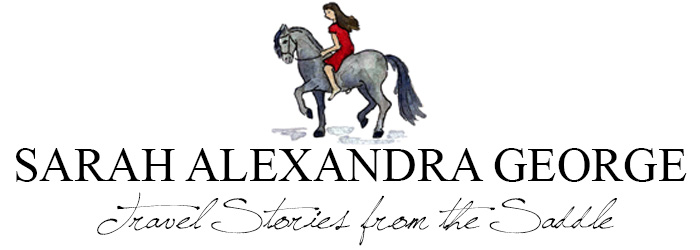









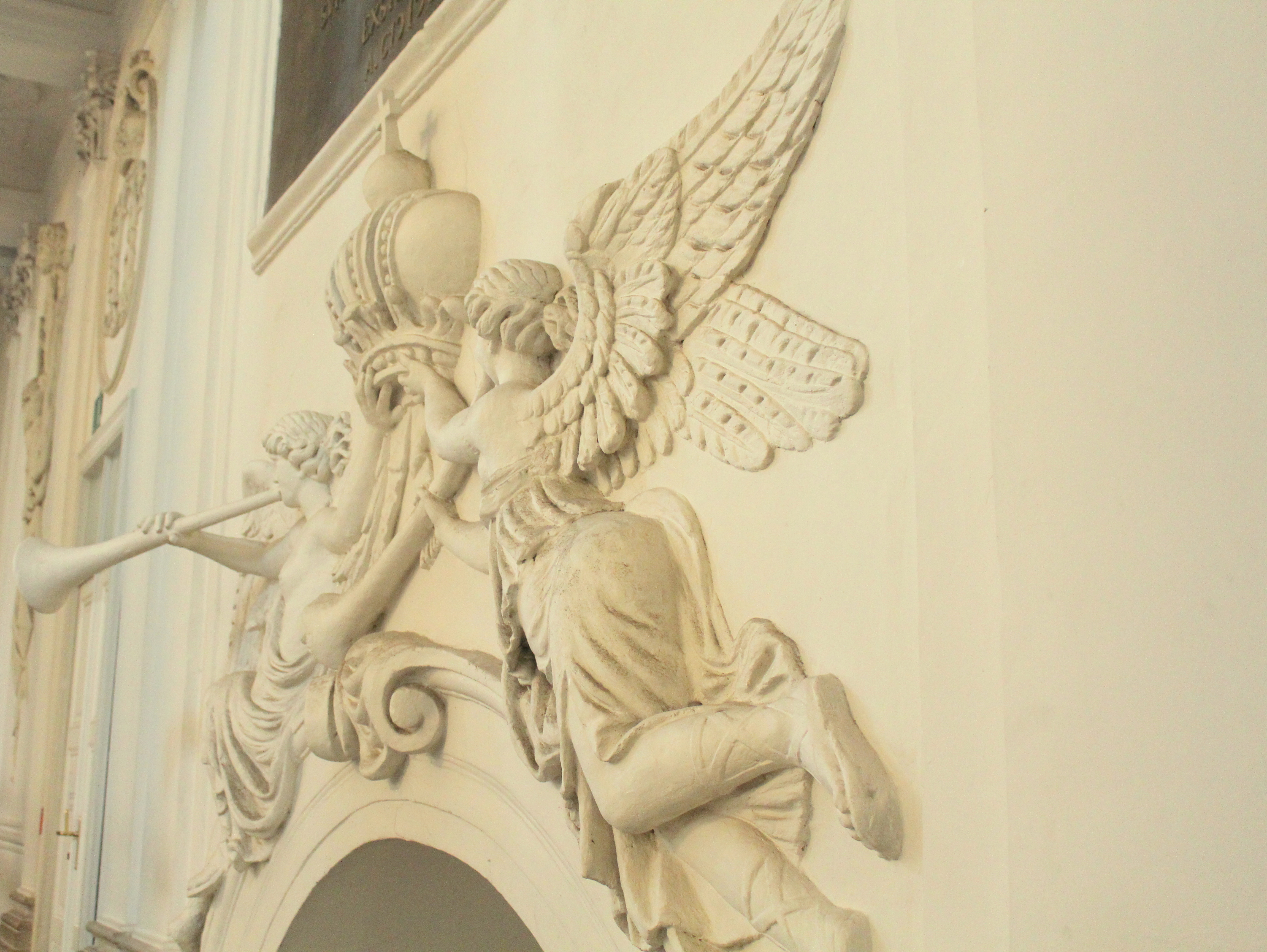

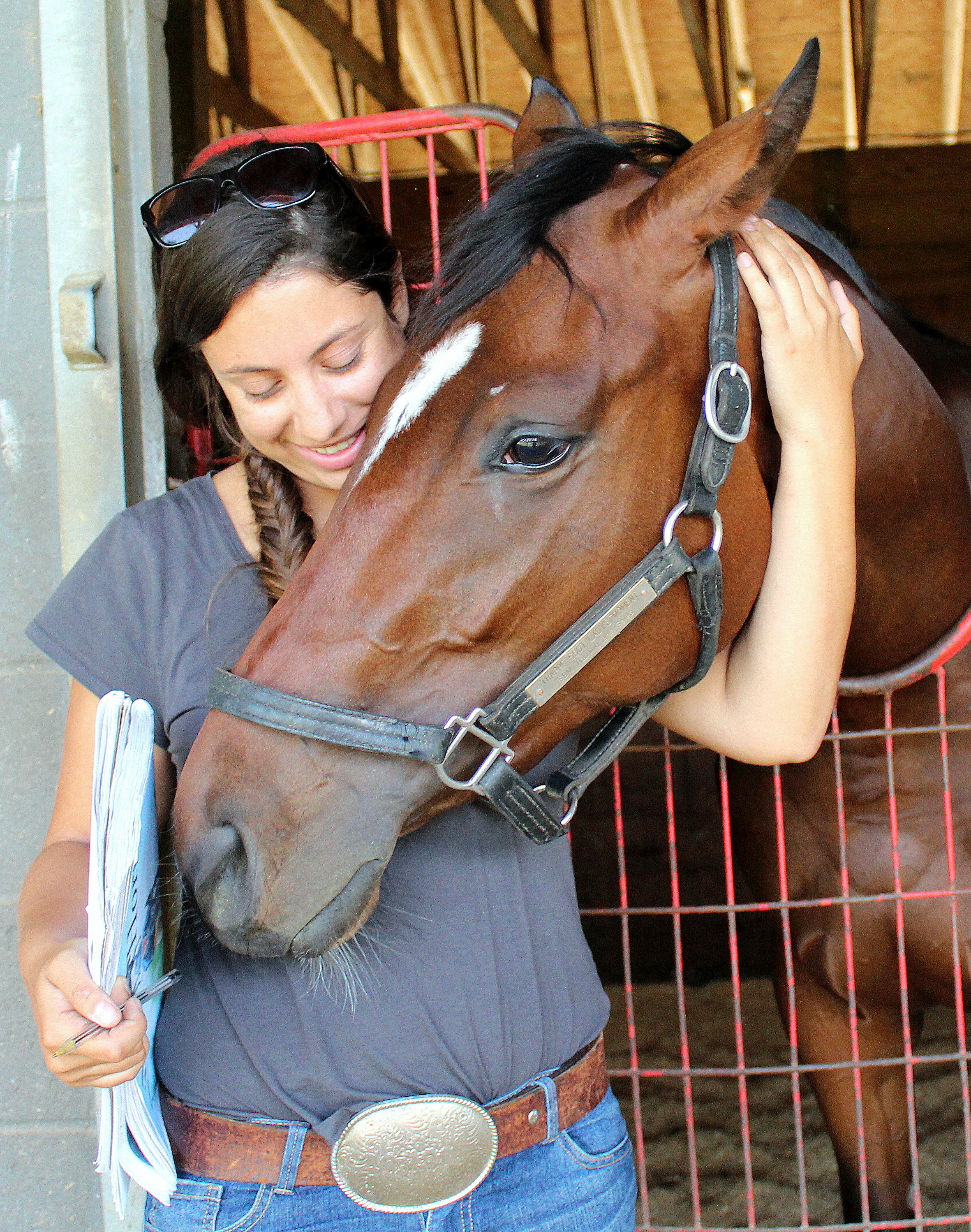

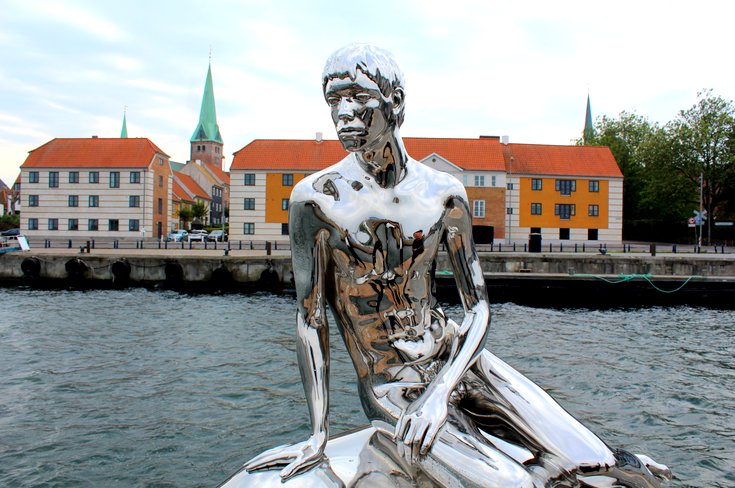
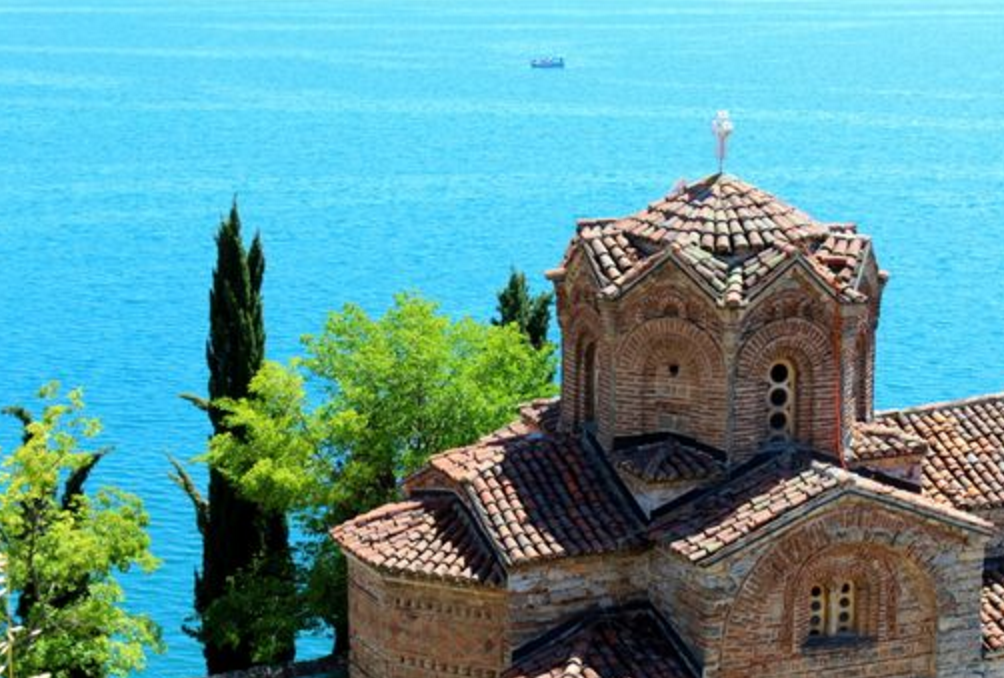
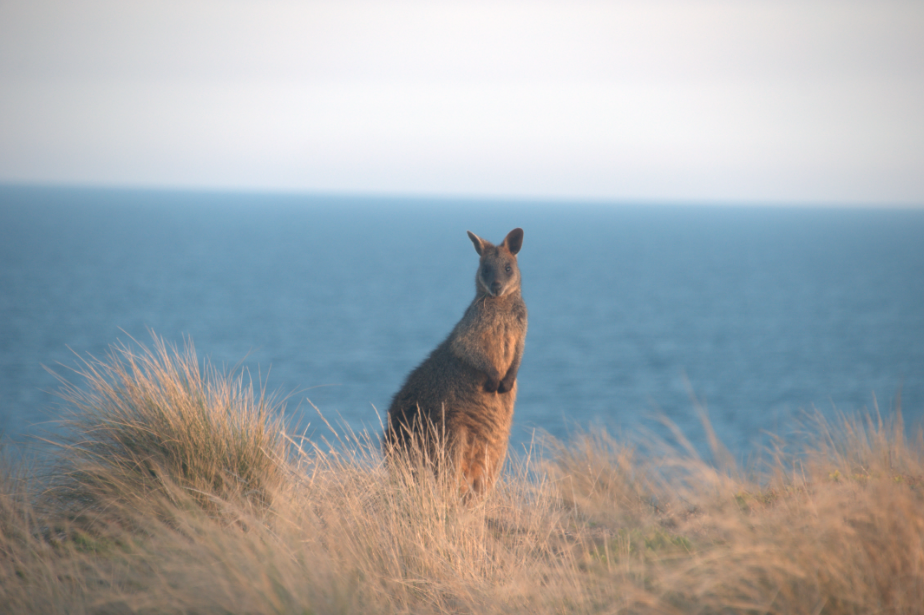

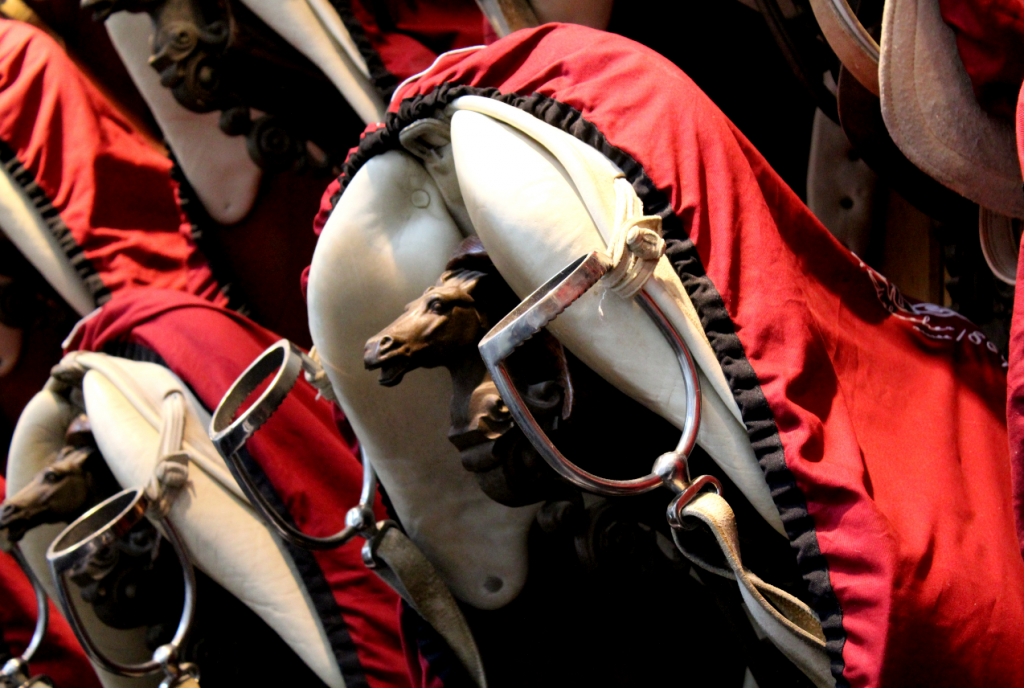


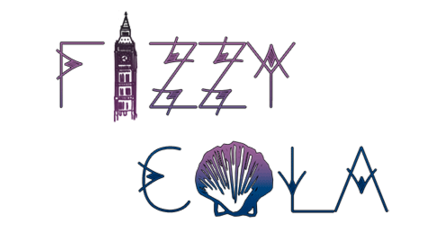


January 1, 2016
Wow, you write so eloquently. I adored the SRS while in Vienna. As a dressage rider, I was literally in heaven. I loved reliving it through your words!!
January 3, 2016
Thanks so much Courtney, I really appreciate your lovely comment! 🙂 I’ve always been a little lazy with dressage, preferring showjumping or being as my friend says, a ‘happy hacker’. I know how important dressage is though to be a good rider and seeing these guys in Vienna is truly like watching magic! I would love a Lipizzaner! What breed are your horses?
August 31, 2017
Hi Sarah
My wife and I are travelling to Vienna on Sat for 3 days and leave Monday afternoon. How do you book the behind the scenes tour please?
Thanks
Nick
August 31, 2017
Hi Nick, if you visit the website for the Spanish riding school, and scroll down there’s a section called guided tours. If you click on the ‘upcoming events’ tab underneath it will allow you to book onto a tour!
http://www.srs.at/en_US/vorfuehrungen-en/
Let me know if that works and I really hope you enjoy your trip!
Sarah